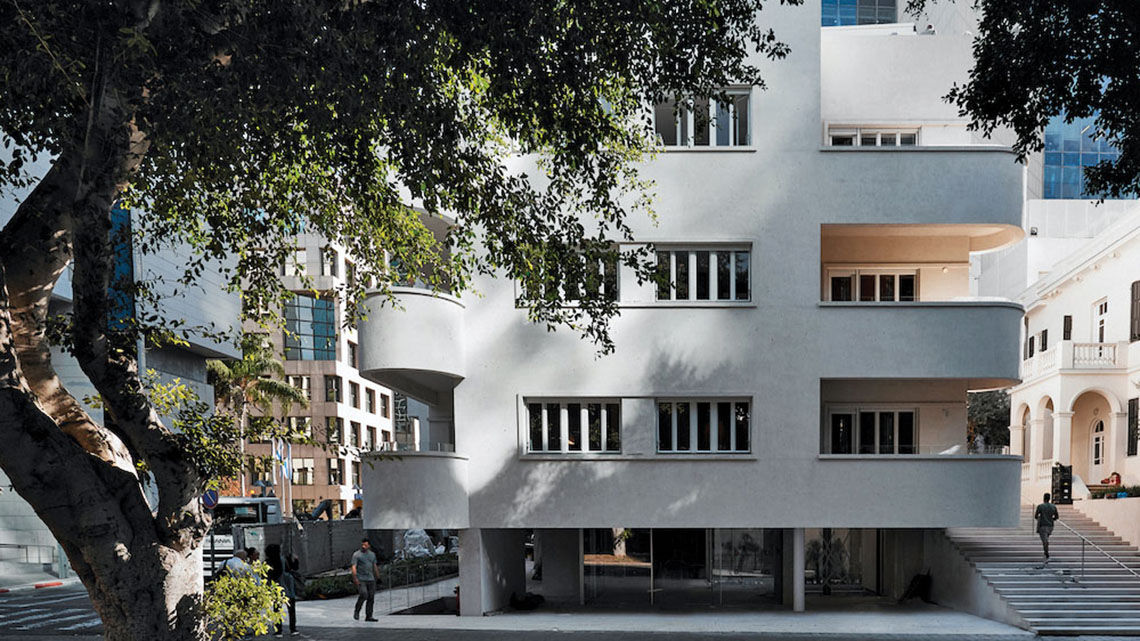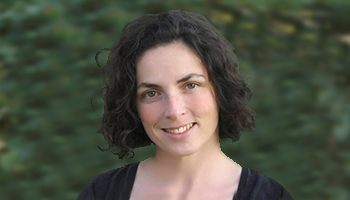New hotels and attractions from Tel Aviv to Jerusalem: Travel Weekly
The Israel tourism ministry last year set an ambitious goal: 10 million tourists by 2030, more than double the 4.5 million visitors it had in 2019.
In anticipation of the tourism surge, the country has been busy opening hotels and adding attractions. Here are some of the latest developments.
Places to stay
Properties that opened this year include the first Kempinski in Israel, a historical Bauhaus renovation and a nature-focused retreat.
The 27-room Pereh Mountain Resort, whose name means “wild” in Hebrew, opened in northern Israel in June.
Guests can wander the orchards and gardens and lounge around the outdoor patio, with its infinity-edge pool, hot tub and bar. The resort’s wine cellar hosts tastings three times a week.
Built on the ruins of a 20th-century French customs house from the time of the Ottoman Empire, the property overlooks the mountains and valleys of the Galilee and Golan regions.
The beachfront David Kempinski Tel Aviv opened in April. The 34-story, 250-room property has 56 suites and a triplex penthouse that Kempinski calls the largest of its kind in Tel Aviv. The suite has two bedrooms, a living room, dining room, gym and a private terrace with an infinity-edge pool overlooking the Mediterranean.
The property has a whiskey and cigar bar, two swimming pools and the Cloud51 rooftop bar, offering one of the city’s highest places to imbibe. The top-floor private lounge and pool is reserved exclusively for guests of the hotel’s top suites.
Fans of modern architecture will love Tel Aviv’s upcoming R48 Hotel and Garden hotel, whose gardens were designed by Piet Oudolf, one of the landscape architects for New York’s elevated High Line park.
The 11-room property is located on Tel Aviv’s main boulevard, Rothschild, in a 1930s Bauhaus property that helps give Tel Aviv the nickname the White City. The property opens this winter.
Things to do
New this year in Israel are free guided tours offered daily in various cities and national parks.
Introduced to help spur post-pandemic tourism, the popular tours are led by accredited guides and can be booked via the website of the Nature and Parks Authority. The tours are offered in English, Russian, French and Arabic in addition to Hebrew.
Israel has long been a destination for archaeology fans, and several discoveries this year make it even more enticing.
A burial cave set up more than 3,000 years ago was discovered in Palmahim National Park, located just off some of Israel’s most popular beaches. The site has dozens of intact pottery and bronze artifacts that were arranged in the cave for a burial ceremony held 3,300 years ago.
Israel’s focus on promoting more active tourism includes the debut of a 1.3-mile cycling tunnel in Jerusalem. The Kerem (Vineyard) Tunnel is part of the Jerusalem Ring Path, a 26-mile cycling route that encircles the city and offers views of its famed landscapes and sights.
Source: Read Full Article




